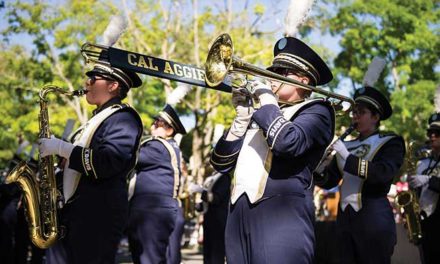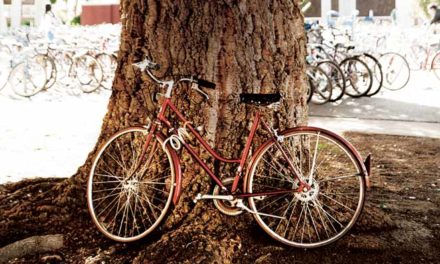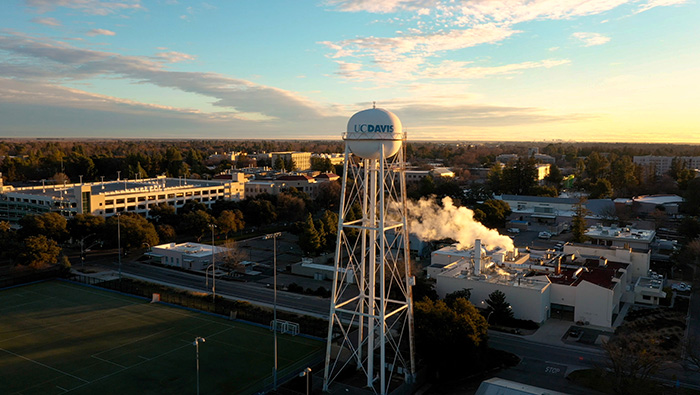Mapping the Reconstruction Era

As the National Park Service turns 100 in August, one UC Davis professor is on a mission to create a new dialogue about an oft-ignored period of U.S. history — the Reconstruction era. Gregory Downs, along with Northwestern University’s Kate Masur, currently is finishing up a yearlong study for the service focused on those years after the Civil War, when the federal government attempted to remake the nation. The study aims to better define how the parks can address the complicated history. The duo also edited a park service handbook on Reconstruction that came out earlier this spring. “Almost every place in the South has a strong current of Reconstruction history,” Downs said. Of course, only Congress or the president can establish a national park, but a renewed conversation could help show how the war set in motion a radical transformation in the South. Added Downs, “I think there should be at least one and possibly several parks that are dedicated to Reconstruction. There are some amazing stories.” Here are just a few.
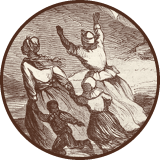
Memphis, Tenn.
An effort to commemorate the Memphis riots of 1866 has set in motion discussions about this location, said Downs. The riots centered on an attack on decommissioned black U.S. soldiers that led to days of terror.
Vicksburg, Miss.
The area had a large contraband camp on the river during the war and a surviving courthouse that became the site of important trials in Reconstruction.
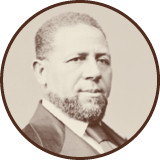
Natchez, Miss.
Already home to several historic parks, Natchez has plantations that show how lives were reconstructed after the war. For example, Hiram Revels, the first African American
in the U.S. Senate, set up his political base there.
New Orleans, La.
Reconstruction history here leads to a series of street battles and riots. “New Orleans is an obvious place because of the Plessy vs. Ferguson case, which accepts ‘separate but equal’ in 1896.”
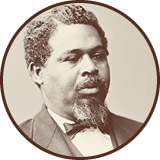
Beaufort, S.C.
The old southern port city remains largely intact, with old homes, an armory and other relevant sites. Robert Smalls, a former slave who became a sea captain and politician, was born and died there. “The town gives insight into the depth of the reconfiguration of black political life, family life on the Sea Islands, and commercial life.”
National parks by the numbers

400+ sites

84M+ acres

300M+ visitors

75K archaeological sites

27K historic structures

167M museum items

